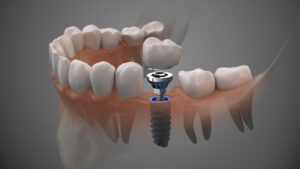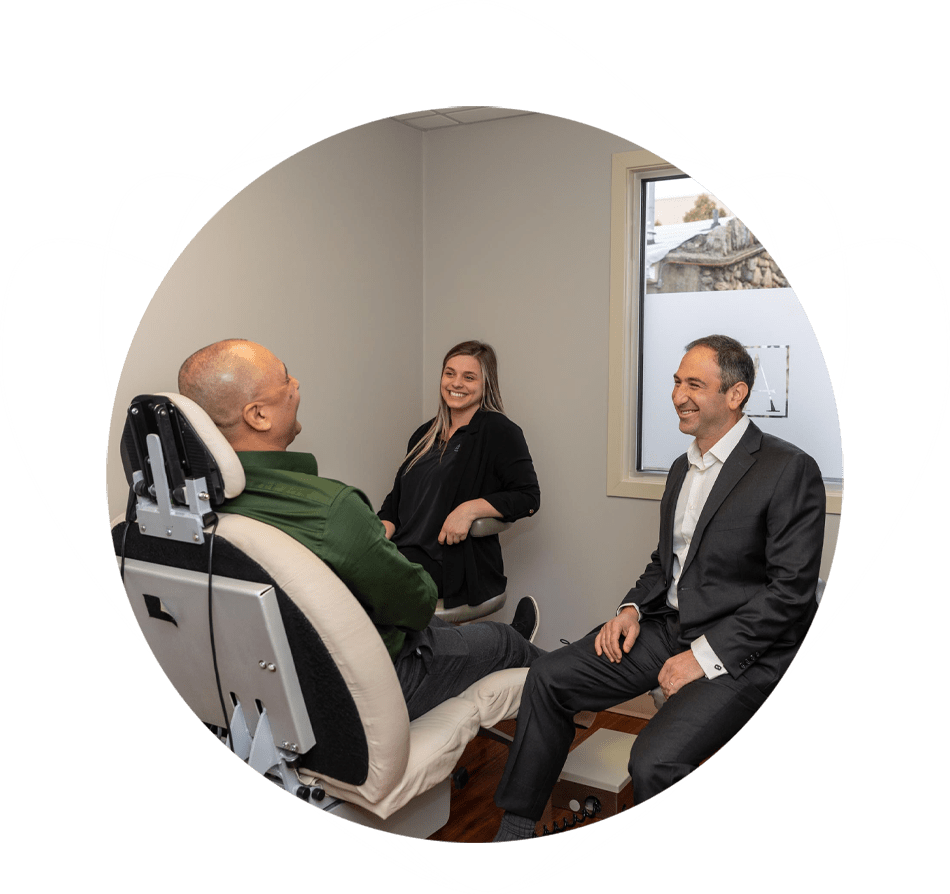According to a new study, two different surgical techniques to try to reduce migraine frequency and severity show equal promise as migraine treatments. That’s good, but there might be another way to achieve the same effect without surgery.
How a Small Nerve Branch Leads to Big Headaches
 Migraines can be caused by a lot of things. One particular cause of migraines is excessive pressure on the zygomaticotemporal branch of the trigeminal nerve (ZTBTN).
Migraines can be caused by a lot of things. One particular cause of migraines is excessive pressure on the zygomaticotemporal branch of the trigeminal nerve (ZTBTN).
This nerve branches out from the trigeminal nerve, follows along the cheekbone, and enters into the small depression at the side of your skull called the temporal fossa. When the ZTBTN gets pressured, it passes its distress on to the trigeminal nerve, which, in response to the stress, releases vasodilators, chemicals that expand your blood vessels. These cause blood vessels in the brain to expand, constricting the brain in the painfully enclosed space of the skull.
Cutting to Relieve Pain
The recent study, published in the journal Plastic and Reconstructive Surgery, the medical journal of the American Society of Plastic Surgeons (ASPS), focused on two different techniques for alleviating pressure on the ZTBTN. Subjects received two different treatments to relieve the pressure, one on each side of the head.
On one side of their head, patients had the troublesome branch removed completely. On the other side of the head, a blood vessel and some membranes that put pressure on the nerve were removed.
Equally Successful Treatments
It turns out that both of these treatments were equally successful at relieving migraines. In 90% of cases, patients saw at least a 50% decrease in migraine frequency and severity, and overall the relief was much better than that. Reducing pressure caused frequency of migraines to drop from 14.6 to 2.2 per month and severity decreased from 7.0 to 2.9. Removing the nerve caused the frequency to drop from 14.2 to 1.9 per month, and severity decreased from 6.8 to 2.6.
Reducing Pressure without Surgery
Although these surgical techniques are definitely effective, you might be able to get similar results without surgery. The large muscle that runs over and around the ZTBTN is the temporal muscle, one of the large muscles that controls your jaw during chewing, called the muscles of mastication. When you have TMJ, these muscles can be overactivated by your jaw being in an uncomfortable position. As these muscles struggle to get themselves into a comfortable position, they can put pressure on several branches of the trigeminal nerve, not just the ZTBTN, and this pressure can lead to the overstimulation of the trigeminal nerve and therefore migraines.
TMJ treatment can put your jaw in a relaxed position, calming the muscle activity, reducing jaw pain and migraines. This nonsurgical, drug-free approach has helped many people see dramatically reduced migraines.
If you would like to learn whether this approach can help your migraines in Mohegan Lake, please call (914) 526-2144 for an appointment with a TMJ dentist at Advanced Dentistry of Mohegan Lake.





